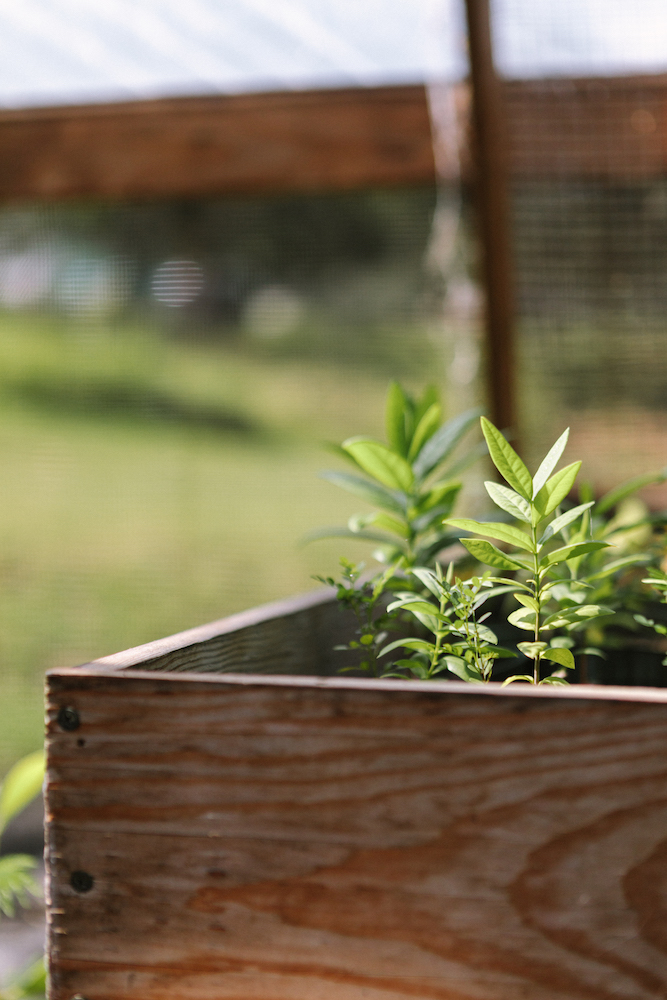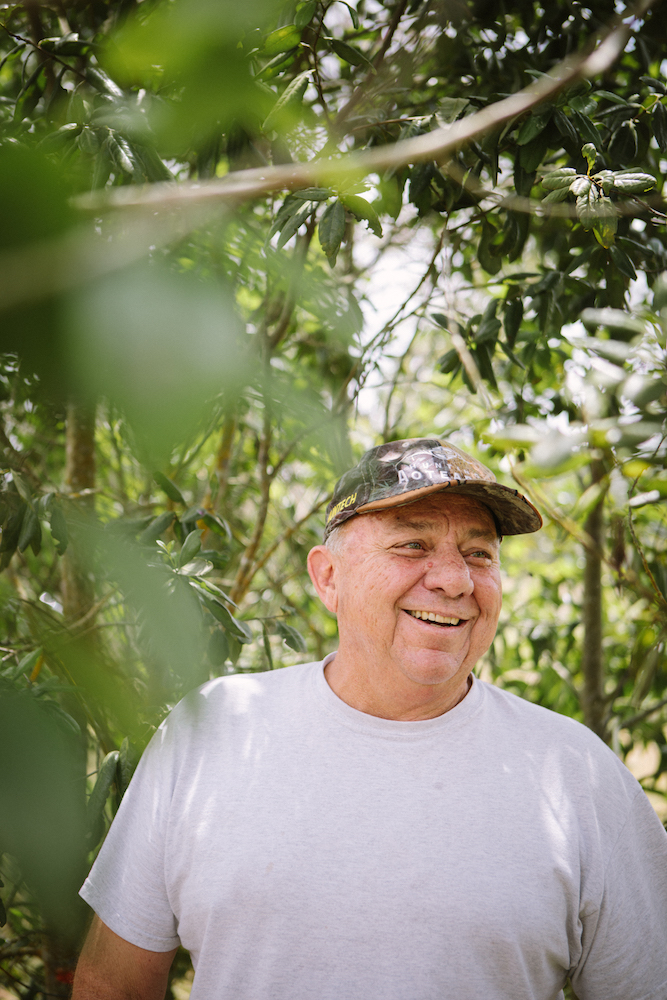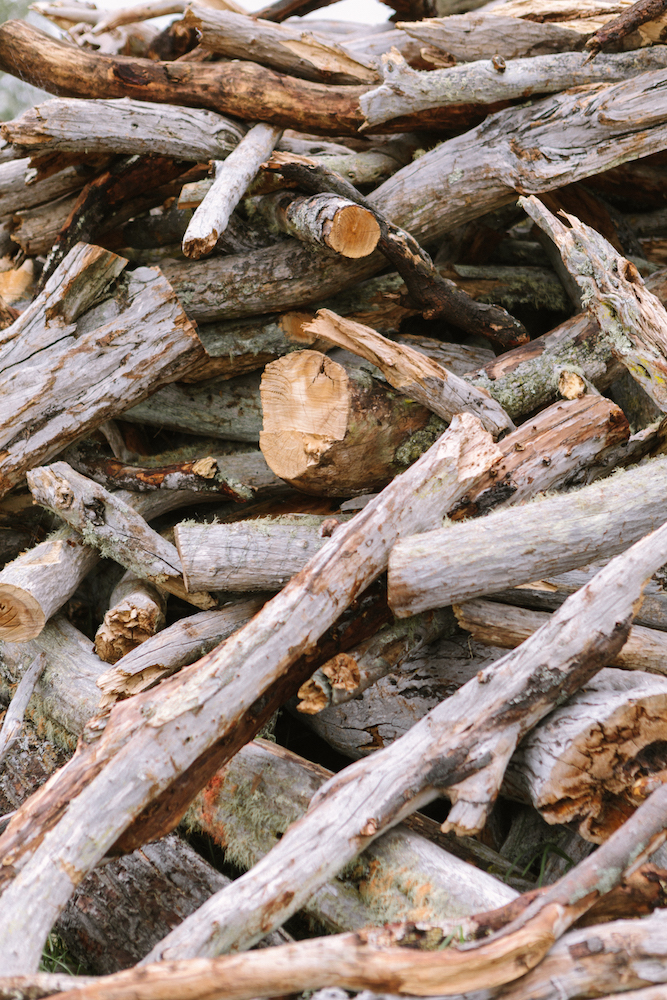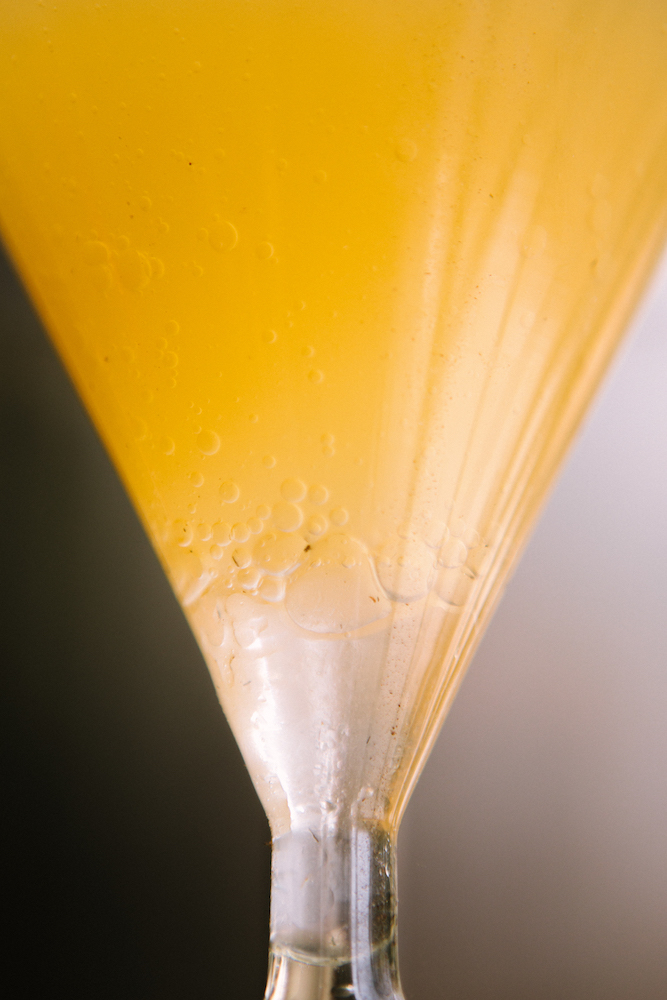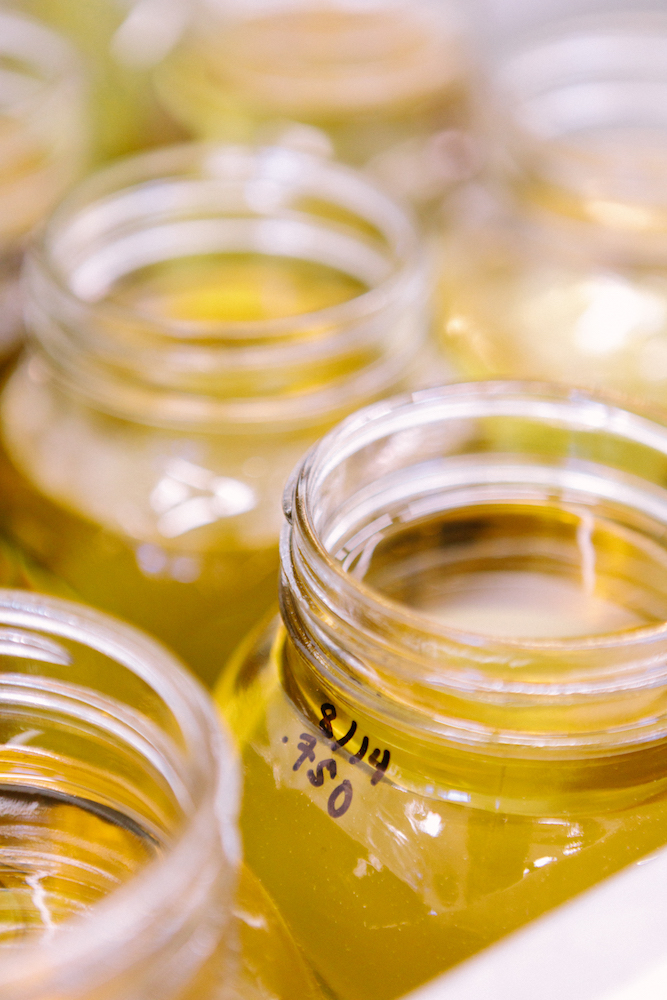On Hawai‘i Island, forests of native naio, māmane, koa, and ‘iliahi are carefully nurtured to replenish the mountainside.
Along the cool, upland slopes of Mauna Loa on Hawaiʻi Island, all is quiet in the forest. Wade Lee of Hāloa ‘Āina, a Hawaiian forestry organization, stands under the dappled shade of the forest canopy. Surveying a nearby copse, he introduces trees, each one endemic to Hawai‘i, with the natural ease one might use when presenting family members: naio, māmane, koa. Then his gaze falls upon a tree with trigonal leaves of opaque, grayish-green. Its mottled branches creep upward to the sky. This is ‘iliahi, also known as Hawaiian sandalwood, Hāloa ‘Āina’s arboreal lodestar in its reforestation efforts.
The history of sandalwood in Hawai‘i is one of tragedy and consequence. Prior to Western contact, island forests were abundant with ‘iliahi, its fragrant wood used by Hawaiians in medicinal treatments and to scent kapa (bark cloth). During the late 1700s, fur traders en route to East Asia recognized the tree’s commercial potential. By 1805, under King Kamehameha I, ‘iliahi emerged as Hawaiʻi’s first export crop.
China’s appetite for Hawaiian sandalwood was nearly insatiable, especially in Canton, where it was made into medicine, furniture, and incense. To keep up with demand, entire forests were felled, with workers harvesting ‘iliahi all day and even into the night by torchlight. Large lua moku ‘iliahi (sandalwood pits)—their measurements corresponding with a ship’s hull—were dug into forest floors to expedite orders. The sheer volume of ‘iliahi leaving Hawaiian shores was staggering.
In 1810, about 66,000 pounds of sandalwood were shipped to Chinese ports. Two years later, the amount exceeded 2 million pounds. By 1830, the Hawaiian sandalwood trade frenzy had reached its zenith as sandalwood supplies were nearing exhaustion and competing with cheaper, India-sourced sandalwood. The years of overharvest took an ugly toll: The majority of ʻiliahi forests were all but decimated. The few remaining forest enclaves would be dealt another blow the following century by Hawaiʻi’s burgeoning cattle industry.
“Cattle are the biggest detriments to Hawaiian dryland forests today,” says Justin Lee, Wade’s son, who works with him at Hāloa ‘Āina.
When left to roam unchecked, cattle can cause extensive damage to their environs. In already vulnerable Hawaiian dryland forests, they eat young shoots, trample saplings, and rub up against and bunt trees. When the Lee family first purchased its 3,000-acre property above Kona in 2010, the land was scorched from drought and scarred by fire. There were no young trees because the cattle on the property had eaten everything green.
“To have a forest, you need biodiversity,” Justin says. “You need trees of different kinds and different age groups, some old, some young, so that if, for example, a disease breaks out, there is some control over the spread and not everything goes at once.”
By removing the cattle, the Lees saw that the endemic trees were able to better establish themselves. It is the Lees’ hope that with diligence and care, the native forest can thrive.
“We know we can’t get the forest back to pre-human contact,” Justin admits. “But we can try to get back to at least pre-cattle days.”
During routine rounds of the forest, the Lees monitor tree health and employ methods that maximize growth. For example, coppicing healthier, younger ‘iliahi and leaving the root balls intact generates new sprouts. At the property’s onsite nursery, the arboreal labor of love continues. There, hundreds of trays of naio, māmane, koa, and ‘iliahi are carefully nurtured from seed to shoot to sapling. Once ready, they are planted with intention along the flanks of the mountain.
The results have been more than promising: In the eight years since Hāloa ‘Āina started reseeding the forest, the native tree population has increased tenfold.
Hāloa ‘Āina harvests sandalwood in order to achieve its reforestation vision, a sweet if not unexpected irony. Ancient ‘iliahi groves discovered on the property have provided the economic vehicle for forest stewardship. By gathering old and dying ‘iliahi and then harvesting its prized oil—coveted across the globe and ranked as the world’s second-most expensive oil—Hāloa ‘Āina generates the funds needed for its reforestation initiative, covering everything from equipment to arboreal crews. All profits go back to the forest.
“Sandalwood is a good barometer of how well your reforestation efforts are going,” Justin says, noting ‘iliahi’s symbiotic relationship with surrounding trees. Such interconnectedness among trees is both vital and vibrant. A healthy forest perpetuates its own health.
In the forest he helped to build, Wade is a man with quiet purpose. A slight breeze stirs the latticework of leaves above him. Scientists call it psithurism—the sound of wind moving through the trees, a forest’s auditory signature. Here, the song is unique, resonating with notes of native plants found nowhere else in the world. It is a sweet song of reclamation.
This ran in our “living well” section, click to read the other story about architecture.


